In early childhood settings, one of the most popular experiences that a child enjoys is painting. As soon as the painting area is set up, there always seems to be a “charge” for the smocks and arguing about who is having the first turn. Painting is inviting, simple and engaging for a child and supports their overall learning and development. The following article provides a list on the different types of materials and items children can paint with.
Materials to Paint With
Within the stages of Artistic Development, most children in early childhood services are at “The Scribble Stage” (2-4 years). During this stage, children begin to feel like they can make things happen. They begin to explore and make marks on any surface. Children experiment with anything that leaves an impression. It’s important to guide children to experience a variety of materials and encourage them to enjoy the process of what they can do.
To support children through “The Scribble Stage” here is a list of materials that can be used during a painting experience instead of a paintbrush:
- Mops – tape sheets of paper to the floor and let children mop away the colours.
- Magnet and Paperclip – add blobs of paint onto a paper plate, add a paperclip on top of the paint, and beneath the paint move a magnet to move the paperclip through the paint to create a design.
- Hairdryer – add blobs of paint onto paper, turn on hair dryer on and blow the paint away.
- Salad Spinner – add a spoonful of coloured paints onto a paper plate, insert it into the salad spinner and spin away.
- Rubber Bands – place paper onto a baking tray and wrap rubber bands around it, paint rubber bands and then pull back rubber bands and let them go.
- Milk – in a tray add milk, and droplets of food colouring and use a fork to create designs by slowly mixing the colouring into the milk.
- Foods (celery, apples, carrots, potatoes, dried pasta, frozen fish (scale painting) etc.) - these can be cut into specific designs, used for printing or just dipped and painted).
- Balls (bumpy balls, golf balls, basketball, tennis ball, marbles, bouncy balls etc.) – balls can be kicked, thrown, bounced or rolled onto paper to create an impression.
- Toilet Plungers – a messy outdoor activity that requires big sheets of paper and lots of paint.
- Bath Puffs, Shower Sponges, and Loofa – create a splotchy effect.
- Fly Swatters – draw small flies onto the paper before squashing them with paint.
- Potato Mashes – see what type of print is left behind.
- Shoes – Dip the bottom of the shoes into the paint to create different prints.
- Water Balloons – carefully fill a water balloon with paint and watch it burst with colour onto the paper.
- Windup Toys – on a blob of paint, let a windup toy plough through the paint.
- Funnel – tie a funnel onto a stick, add paint into the funnel and swing as paint drops to the paper below.
- CD – add dots of coloured paints onto a cd and spin it in to create a rainbow effect.
- Corn – Dip corn into paint and roll it onto paper.
- Ice – freeze water and food colouring, as it melts paint with come through.
The possibilities with the sorts of different materials that can be used to paint with are endless! This list will get you started in providing opportunities for children to experiment with colour and form.
Further Reading
Stages Of Artistic Development In Children - If you are involved in the planning or implementation of art-based play and learning in young children, here is a bit more on the different stages of child art development.
Linking Art To The EYLF Learning Outcomes - Belonging, Being and Becoming: The Early Years Learning Framework for Australia embeds art in many significant ways to foster the holistic development of children. Here are the main curriculum connections of art in the early childhood learning framework.
Benefits Of Art and Craft
Art with its many sensory experiences has been found to aid brain development by increasing the number of neural pathways, especially in early childhood.
Art With Babies and Toddlers
There are two main approaches to using art in learning – art as a product and art as a process. The following will help you to understand the difference between the process and product art and which you may use in your learning environment.
Process Art VS Product Art
Art is a sensory experience it's about the process of exploration - celebrate a child's artistic journeys for not just their ability to create but also their willingness to try out something new.
Reference:
Book – Prasad, Sangeeta 2008. Creative Expressions: Say It With Art.


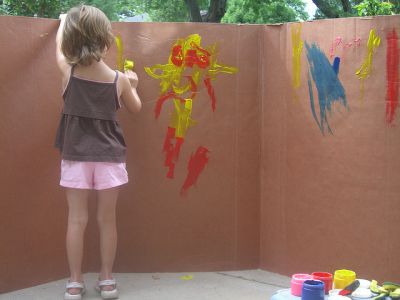
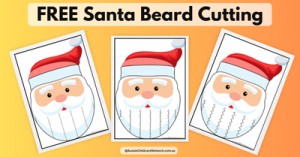


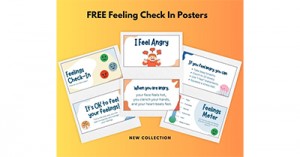
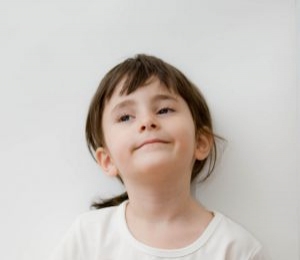 Open ended questions cannot be responded to with one word answers such as yes or no. These types of questions enables a child to provide
Open ended questions cannot be responded to with one word answers such as yes or no. These types of questions enables a child to provide During your child’s preschool years, an important milestone begins to emerge. This is the development of pre-writing skills. Pre-writing skills are used to encourage, develop
During your child’s preschool years, an important milestone begins to emerge. This is the development of pre-writing skills. Pre-writing skills are used to encourage, develop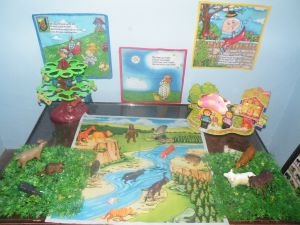 Open ended materials enables children to play freely. They are objects that have no rules to follow, use or function. Raw materials that can be
Open ended materials enables children to play freely. They are objects that have no rules to follow, use or function. Raw materials that can be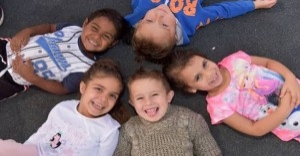 An Acknowledgment of the Country is a way of showing respect for the Traditional Owners and can be given by both non-Indigenous people and Aboriginal
An Acknowledgment of the Country is a way of showing respect for the Traditional Owners and can be given by both non-Indigenous people and Aboriginal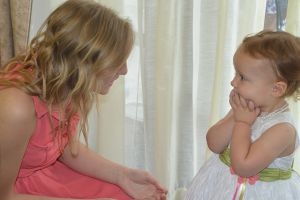 Language plays an important role in a child’s development. It enables a child to communicate effectively with their family, learn at school, socialize with friends,
Language plays an important role in a child’s development. It enables a child to communicate effectively with their family, learn at school, socialize with friends, Like adults, children have to deal with their own stress in life. Moving house, starting a new school, preparing for a new sibling - these are
Like adults, children have to deal with their own stress in life. Moving house, starting a new school, preparing for a new sibling - these are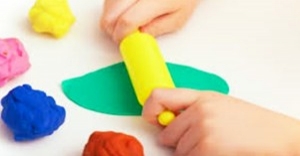 Playdough is such a versatile material. It provides numerous benefits to children as they manipulate it, it is safe and soothing and provides children with
Playdough is such a versatile material. It provides numerous benefits to children as they manipulate it, it is safe and soothing and provides children with Teaching children about sustainability enables them to appreciate and respect the natural environment. Early childhood services can provide meaningful hand on learning experiences in order
Teaching children about sustainability enables them to appreciate and respect the natural environment. Early childhood services can provide meaningful hand on learning experiences in order Recycling is an important concept that teaches children to care for the environment. It encourages children to be responsible and show a growing appreciating for
Recycling is an important concept that teaches children to care for the environment. It encourages children to be responsible and show a growing appreciating for When children apply paint to paper, glue things together, or pound a lump of clay, they experiment with colour, shape design and texture.
When children apply paint to paper, glue things together, or pound a lump of clay, they experiment with colour, shape design and texture.



